Michael Nolan is a dairy farmer who milks 100 cows on his farm near Ballymuphy outside Borris. The enterprise is based on a buffer feeding system to the cows to supplement the grass on the farm. The grazing platform is on 70 acres around the farm with an outfarm used for silage.
The emphasis is very much on getting good-quality silage made as the main part of the diet. To do this, Michael has his own mower and tedder to optimise the quality of the grass. Michael typically makes four to five cuts of baled silage off the ground in the year. The grass is mixed with straw cereal grains, mostly in the feeder.
The animals are buffer-fed 365 days of the year. Michael is using a high-input, high-output model, which is still based on good-quality grass. A 1c increase in margin delivers an extra €10,000 in profit on the farm. Currently his cost of production is 22.5c/litre and he is getting 25c/l for the milk produced.
New mixer wagon
This year, Michael made the decision to upgrade his Keenan 100 mixer wagon. The weak point on the old machine was bales. The old Keenan was slow to get bales in to, and it took a long time to get the mix chopped correctly.
Michael said: “The machine could handle them, yet it took what seemed like forever to get them through it.”
For this reason, he started to look at the tub feeder. While he was very happy with the mix quality, he needed a better machine for bales. In the end, the decision was made to buy another Keenan wagon and he upgraded to the Keenan Mech Fibre 350.
Michael said: “If I didn’t think it could handle bales then it wouldn’t be here. Bales are a big part of the diet on the farm.” He said there is no comparison with the old 100 wagon for taking in bales. Roughly it takes in a bale a minute, according to Michael. By the time the bale is collected and the plastic taken off the machine is ready to take another bale. He noted that this reduces time and also reduces the number of revolutions in the wagon to make the mix. Essentially, this will reduce the wear on the belly of the machine, according to Michael.
Features
The new series 3 bale handler is different to the previous generation. Gone are the straight tines on the old bale handler. Now the machine uses the dropdown tine where the bale sits in a channel and it’s grabbed by the paddle against the knife bank on the side of the machine.
The big difference also seems to be size; there is a lot more space for the bale to be taken in. Michael still splits the bale of straw at the pit and adds it as required. Michael says most of the diets he uses do not need a full bale of straw.
The bolts on the bale handler are now galvanised and heavy duty to keep it in place.
Reconfigured knives
The arrangement of the knives in the machine has also made a huge difference, according to Keenan. On the older models, the knife bank was fitted in a straight line across the belly of the machine. The new generation of feeders sees the knives arranged in a staggered formation on the sides of the machine. There are 10 knives now located on the discharge augur side of the machine.
The new arrangement works well, according to Michael, as the overall chopping time is reduced and the chop length is consistent. The 350 machine is also fitted with an automatic oiler to reduce the maintenance time. The rams operating the guillotine pulse out oil on to chains when opening and closing.
Michael is driving the machine with a New Holland TS 115, although the manufacturer says 90hp is ample to drive the machine. The machine is 3.1m high and 2.8m wide, so it’s not small, yet it should be OK for most yard passages. This size machine can feed 100 cows per load depending on the amount of dinners each cow needs.
The PACE and InTouch system
Michael also opted for the Pace and InTouch system with the new machine, and is convinced of the merits. The machine can take up to six diet formulations in the program. Counting out the amount of silage, straw and grains needed in the dinner, the machine calculates the number of revolutions required to chop the mix and automatically shuts off the PTO.
According to Michael, this saves waiting for the load to be mixed and other jobs on the yard can be carried out.
The InTouch system combined with the PACE connect control system is watching all the action that takes place in the feeder and on the farm. The system alerts the farmer when there is a drop in animal performance or a change in the mixing system on the farm. It acts as another pair of eyes for the farmer, with a support team analysing the data sent from the machine to the control centre.
Every night the data is sent from the machine via the mobile network to the cloud. This eliminates any need for USB transfers. This feature can also measure the total amount of individual feeds fed on the farm during the year. Michael says the technology makes him more aware of what is happening with animal performance, with early identification of problems that may affect animal performance.

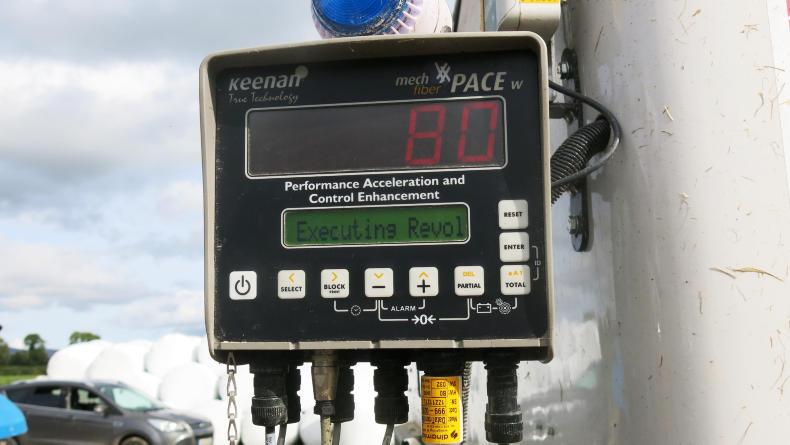




 This is a subscriber-only article
This is a subscriber-only article









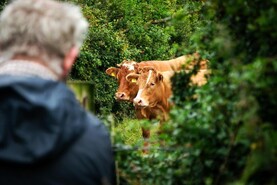

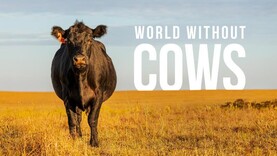
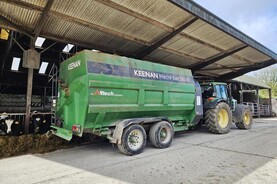
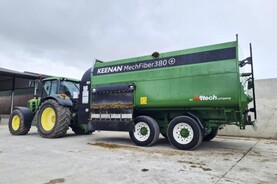
SHARING OPTIONS: